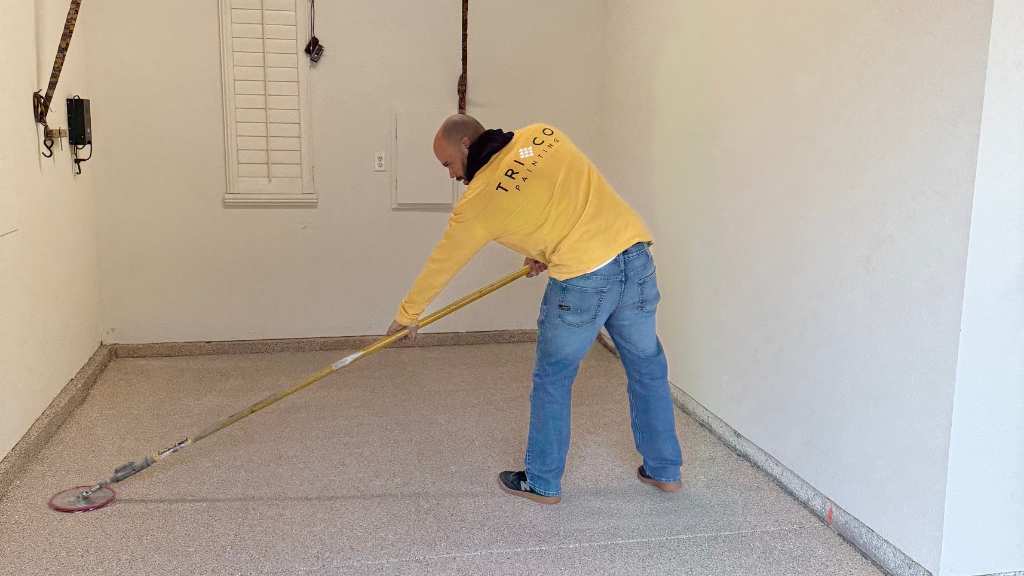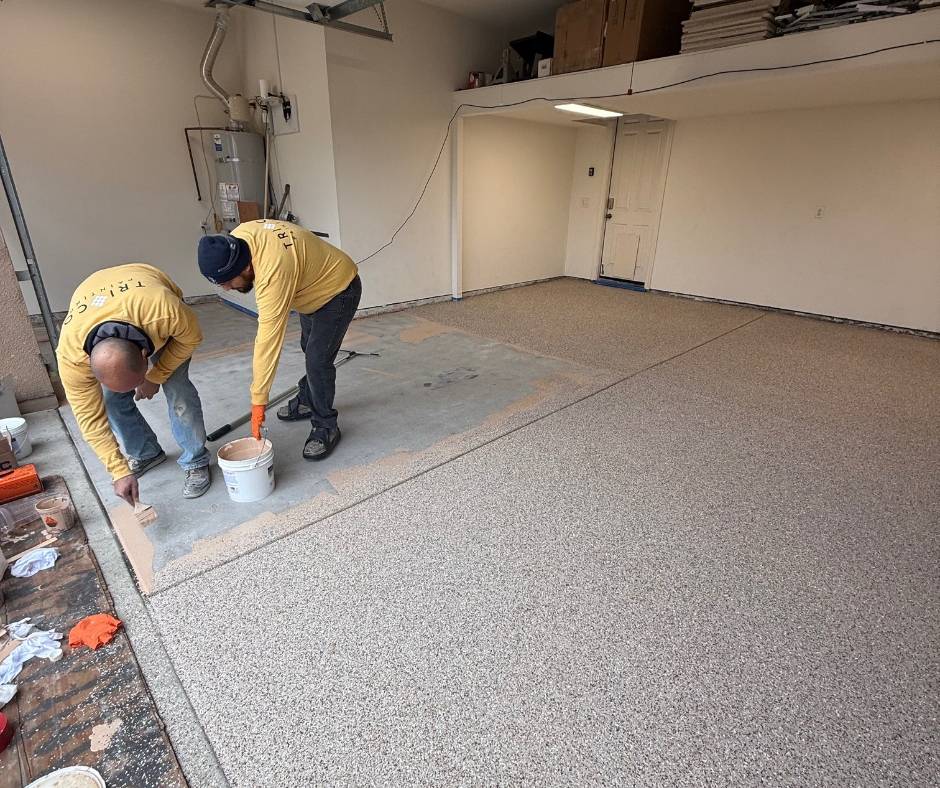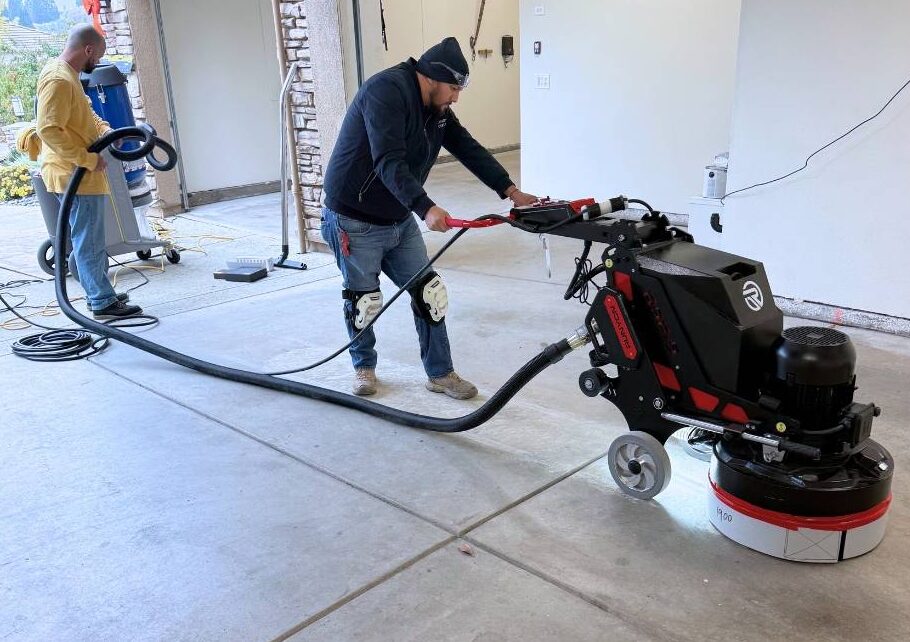revitalize your cabinets
new life for cabinets
A Luxurious Look Without a Huge Investment.
superior interior painting
The smarter way to paint
Elevate Your Home’s Inner Glow!
house painting experts that deliver peace of mind
Class up your curb appeal
Quality workmanship in every detail!
transform your garage floors
Beautiful
Epoxy
Floors
Durable. Seamless. Easy to maintain.
FROM OUR CUSTOMERS
TRUSTED HOUSE PAINTERS IN ROSEVILLE CA
Interior and exterior painting done right ⎯ by licensed local professionals who respect your home and your time.
Family-owned • Established 2009 • Fully licensed & insured
Why Roseville Homeowners Choose TRICO PAINTING
Locally owned & operated in Roseville, CA
Premium materials selected for local conditions for long-lasting results
Clean, detailed crews that protect your home
Clear communication from estimate to completion
If you’re looking for trusted house painters in Roseville, CA, you’re in the right place. TRICO PAINTING is proud to be the go-to choice for homeowners who expect quality and professionalism.




WE AIM TO BE THE GOLD STANDARD
A New Gold Standard in Home Painting in Roseville & Sacramento
Are you looking for experienced house painters to take care of your home’s interior and exterior painting needs? Look no further than TRICO PAINTING! We have been providing superior-quality painting services to homeowners since 2009.

Timely, Professional, Clean & Detailed Crew

Licensed & Insured Contractors

Minimal Disruption To Your Family Life

Family-Run Business
BRIGHTEN UP YOUR HOME IN 3 EASY STEPS

Contact us by calling or
filling out the form.

Book your free no-obligation
on-site consultation.

Schedule a start time that’ s
convenient for you.


EXPERIENCE
THE TRICO DIFFERENCE
Are you looking for experienced house painters to take care of your home’s interior and exterior painting needs? Look no further than TRICO PAINTING! We have been providing superior-quality painting services to homeowners since 2009.
- Preparation is paramount.
- Our customers deserve the highest quality paintwork.
- Premium paints are the only way to provide first-class results.
- Clean workspaces contribute to pristine results.
- There should be no surprises — we keep you informed.
- Projects should be completed on-time.
- We promptly respond to customer requests.
- Your satisfaction is important to us.
IDEAS & INSPIRATION FOR YOUR SPACE
Our surroundings can move us forward. Explore design inspiration and ideas for
revitalizing your home in our latest articles.

Epoxy vs Polyaspartic Garage Floors | Roseville CA
Epoxy vs Polyaspartic Garage Floors | Roseville, CA (Pros & Cons) If you’re comparing epoxy vs polyaspartic garage floors in Roseville, CA, you’re not alone. Many homeowners reach this point after hearing conflicting advice, seeing wide price differences, or receiving estimates that recommend completely different systems. Some contractors push epoxy. Others promote polyaspartic as the
Garage Floor Coatings FAQ Roseville CA | Epoxy & Polyaspartic
Garage Floor Coatings FAQ in Roseville, CA Garage floor coatings FAQ Roseville CA covers the
Garage Floor Coating Cost Roseville CA | Epoxy & Polyaspartic
Garage floor coating cost varies based on system type, preparation requirements, and concrete condition. How
Epoxy vs Polyaspartic Garage Floors | Roseville CA
Epoxy vs Polyaspartic Garage Floors | Roseville, CA (Pros & Cons) If you’re comparing epoxy…
Garage Floor Coatings FAQ Roseville CA | Epoxy & Polyaspartic
Garage Floor Coatings FAQ in Roseville, CA Garage floor coatings FAQ Roseville CA covers the…
Garage Floor Coating Cost Roseville CA | Epoxy & Polyaspartic
Garage floor coating cost varies based on system type, preparation requirements, and concrete condition. How…





WE PROUDLY SERVE THE FOLLOWING AREAS
- Roseville
- Rocklin
- Lincoln
- Loomis
- Penryn
- Newcastle
- Granite Bay
- Folsom
- El Dorado Hills


